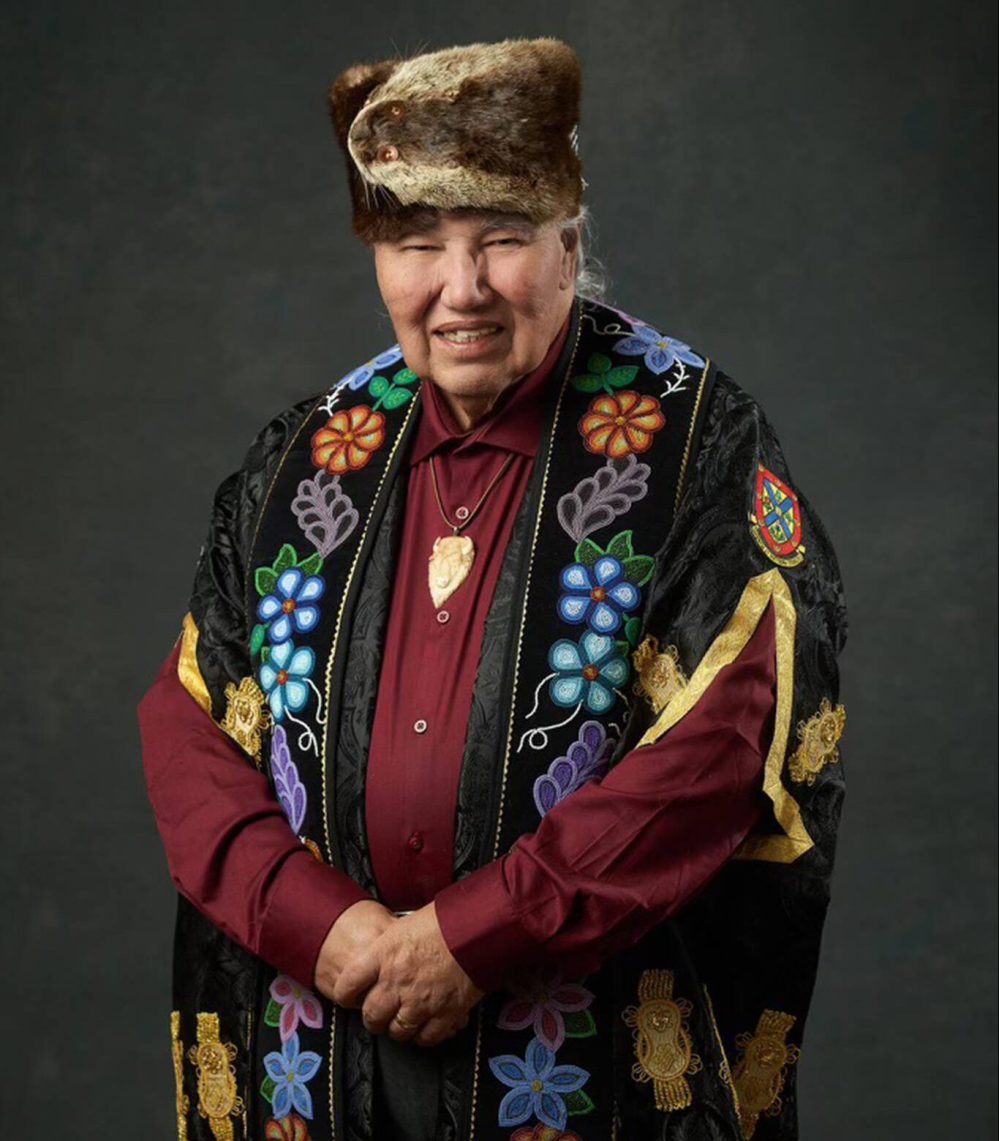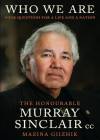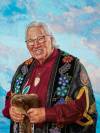A great loss for Manitoba and the nation
Advertisement
Read this article for free:
or
Already have an account? Log in here »
To continue reading, please subscribe:
Monthly Digital Subscription
$0 for the first 4 weeks*
- Enjoy unlimited reading on winnipegfreepress.com
- Read the E-Edition, our digital replica newspaper
- Access News Break, our award-winning app
- Play interactive puzzles
*No charge for 4 weeks then price increases to the regular rate of $19.95 plus GST every four weeks. Offer available to new and qualified returning subscribers only. Cancel any time.
Monthly Digital Subscription
$4.99/week*
- Enjoy unlimited reading on winnipegfreepress.com
- Read the E-Edition, our digital replica newspaper
- Access News Break, our award-winning app
- Play interactive puzzles
*Billed as $19.95 plus GST every four weeks. Cancel any time.
To continue reading, please subscribe:
Add Free Press access to your Brandon Sun subscription for only an additional
$1 for the first 4 weeks*
*Your next subscription payment will increase by $1.00 and you will be charged $16.99 plus GST for four weeks. After four weeks, your payment will increase to $23.99 plus GST every four weeks.
Read unlimited articles for free today:
or
Already have an account? Log in here »
Hey there, time traveller!
This article was published 04/11/2024 (431 days ago), so information in it may no longer be current.
Justice Murray Sinclair, who died at 73 on Monday, has left us to mourn a great Manitoban and Canadian.
Known by the spirit name Mizhana Gheezhik (The One Who Speaks of Pictures in the Sky), Sinclair defined the notion of public service, putting himself on the front lines of pain and suffering in Indigenous Canada.
Raised near Selkirk on the former St. Peter’s Indian Reserve, Sinclair was outstanding from his early years, his promise shown in being both his high school’s valedictorian and its athlete of the year.

But it was the law where Sinclair made his mark — and arguably changed this province and this country.
As a pioneering Indigenous lawyer and only the second Indigenous judge to take a seat on the bench in Canada, Sinclair was at the forefront of judicial inquiries that changed how we view this country.
All of this took a toll. He faced racism early in his legal career and took on judicial tasks others might have shied away from.
As co-commissioner of the 1988 Aboriginal Justice Inquiry, he examined cases like the police shooting of Indigenous leader J.J. Harper and the murder of Helen Betty Osborne and found broad evidence of deep-seated and systemic racism against the Indigenous facing Manitoba’s justice system.
He led the 1994 Pediatric Cardiac Surgery Inquest that examined 12 deaths of children at the Health Sciences Centre.
As the chair of the Truth and Reconciliation Commission (TRC) — who else in Canada could have taken on that role? — he set a practical and detailed roadmap forward for us.
It was a role he initially declined, after his experience on the pediatric surgery inquest.
He changed his mind and led the TRC, and all of Canada is fortunate he did. We owe him a debt of gratitude for that hard and personally damaging work that cannot be repaid.
As a pioneering Indigenous lawyer and only the second Indigenous judge to take a seat on the bench in Canada, Sinclair was at the forefront of judicial inquiries that changed how we view this country.
It is not easy work, and anyone who believes it is should perhaps spend just one day hearing the evidence put forward an a public inquiry into a single death or abuse of state power, and then consider hearing similar heartfelt — and heart-rending — evidence day in and day out, for months — even years.
And all of it while striking a balance of what needs to be done, how it is to be done, and how to even-handedly convince bureaucrats and politicians of the necessity of moving forward.
Honouring the evidence and persuading those who don’t have to personally hear it is an artful, careful and often frustrating task.
Sinclair found himself haunted by the work.
In his recent autobiography, Who We Are: Four Questions for a Life and a Nation, Sinclair spoke about his work as the chair of the TRC.
“I believed then, and I still believe now, that if I ever start crying about what I’ve heard, then I’m going to have trouble stopping,” he wrote.
“When I try to put a face to everybody, I have difficulty doing that. I can’t. But I remember groups of people. Men, women, Elders, elderly women, elderly men. The Inuit people, the Métis people…
“When I think about what I’ve heard, it’s almost like it becomes an amalgam of it all. And then the magnitude of it becomes overwhelming.”
Murray Sinclair no longer has to bear that burden, one he took on for Indigenous Peoples, and for all of us in Canada.
But now especially, we should not simply let it fall.
In his memory, we should lift that burden and help carry it. Moving forward together.











